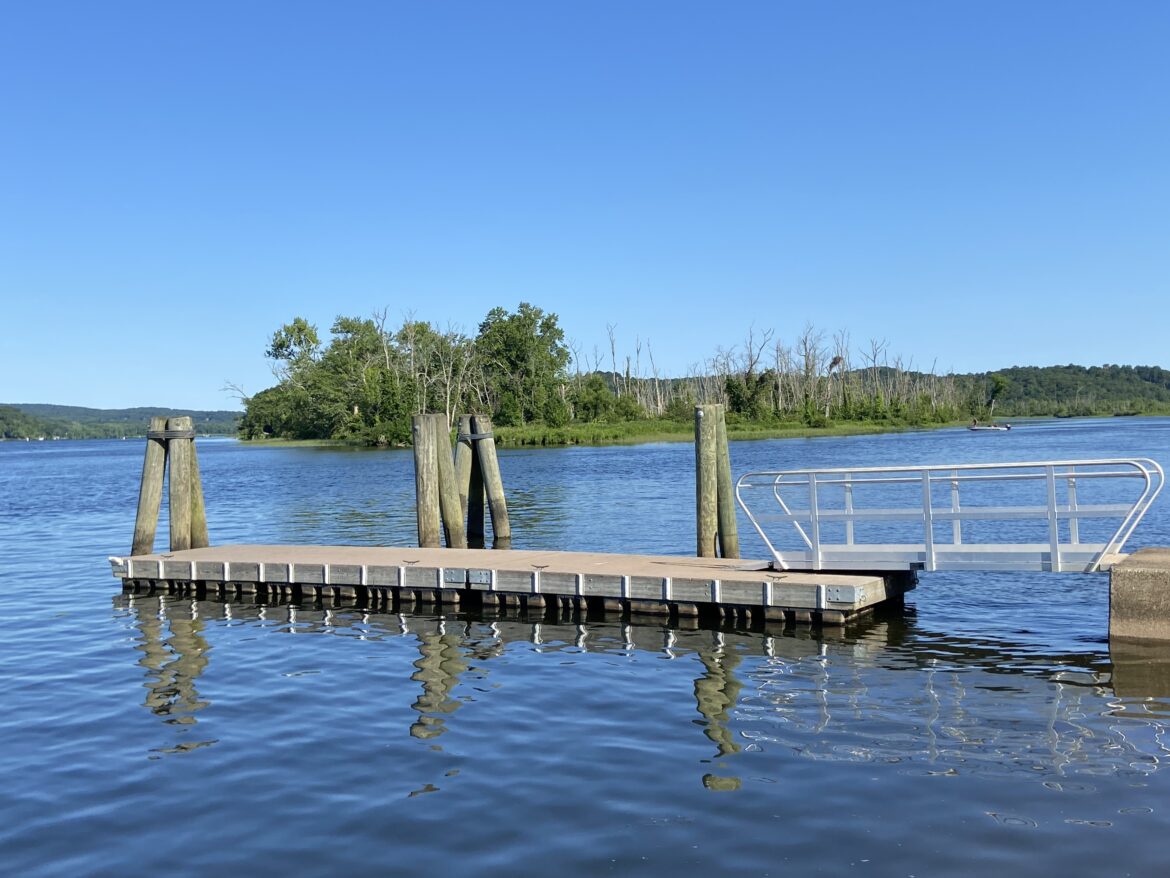On a warm, slightly overcast Sunday afternoon last August 8, boaters near the Salmon River boat launch on the Connecticut River in East Haddam noticed a personal watercraft drifting without a rider.
Less than an hour later, state environmental police recovered a man’s body floating nearby in a no-wake zone. Stephen Fabian, 59, of Moodus, had fallen off the watercraft and drowned. State environmental officials said his life jacket was ill-fitting and had slid up around his head, and the state Department of Energy and Environmental Protection (DEEP) reported that his blood-alcohol level was well over the legal intoxication limit.
“The way he died was tragic,” his best friend, Dana Pitts of Westbrook, said. “He brought it on himself.” Fabian, a former licensed practical nurse, had once rescued a boater after a crash on the Connecticut River and performed cardiopulmonary resuscitation until medical personnel arrived, his family reported.
As a boating accident, Fabian’s was as typical as it was sad. The great majority of boating accidents in the United States occur because people fail to pay attention, wear life jackets, or are using substances, said Walt Taylor, recreational boating safety specialist for the U.S. Coast Guard in Boston.
In 2021, the Coast Guard reported 43 boating accidents and seven deaths in Connecticut. In 2020, there were more boating accidents in Connecticut— 54 —but fewer deaths, three, according to the Coast Guard’s annual Recreational Boating Statistics report.
Small though these numbers are, what’s striking about the fatalities is that all of them could have been prevented. Taylor said he avoids calling boating mishaps accidents, preferring the word “incidents,” since they are often the result of choices.
Five of the seven men who died boating in Connecticut waters in 2021 were not wearing life jackets, and a sixth, Fabian, wore an ill-fitting one. Had they been wearing proper life jackets—technically known as personal floatation devices or PFDs—they likely would have survived, Taylor said. The seventh died of blunt force trauma.
As in Connecticut, nationally, boating accidents declined in 2021 to 4,439 from 5,265 in 2020. But unlike in Connecticut, boating fatalities nationwide also declined from 2020 to 2021, from 767 to 658.
An estimated 80% of U.S. boating deaths last year were from drowning after falling overboard, according to the Coast Guard’s report. And of those who drowned, 83% of them were not wearing life jackets. Alcohol use is the leading contributing factor in boating accidents and the primary reason for 16% of accidents nationwide, the report said.

Coast Guard Photo.
Not paying attention is the deadly cause of most boating accidents, said Walt Taylor of the Coast Guard.
Boaters are legally intoxicated with blood alcohol levels of .08%, or .02% for those under age 21. And Connecticut law requires that people carry life jackets on board and that children under 12 wear one while on a vessel’s deck. Everyone on board a “manually propelled” boat, such as a canoe or kayak, must wear a life jacket between October 1 and May 31.
The problem, Taylor acknowledged, is that once a boat starts capsizing, it’s too late to grab the PFDs and put them on.
“Nobody plans on going out on the boat and, quote, accidentally falling overboard,” Taylor said. “It’s the same rationale as not putting your seatbelt on until the moment you need it. In the event you do find yourself in the water, it’s too late.”
Fabian’s death and most of the other boating fatalities in Connecticut last year are grim proof of that statement. On April 10, a kayak capsized in Long Meadow Pond in Middlebury. The 26-year-old paddler struggled and submerged, drowning despite witnesses’ efforts to find and rescue him. His body was found the next day. Officials said he wore no life jacket and had marijuana in his bloodstream and a blood alcohol content of .012.
On May 8, Michael Lowell, 58, of Putnam, was fishing from a kayak in the Quinebaug River in Pomfret. Two companions in other boats paddled upstream, and when they returned, they could not find Lowell and reported him missing. Later, his overturned boat was found many miles downstream and his body floating 198 yards away from it, DEEP reported. Officials determined he had drowned; he wore no life jacket.
On June 8, Philip Blouin, 50, who had gone fishing in a motorized canoe the previous night, was found dead after his family reported him missing. He wore no life jacket, his blood alcohol was .180 and THC was detected in his bloodstream. In addition, officials said he had no required safe boating certificate, and the trolling motor on the unregistered boat had fishing line wrapped around it.
Two men launched a canoe in Stamford and capsized near the Woodway Beach Club on July 10. Four lifeguards from the club rescued and tried to revive Lorenzo Macua, 63, of Norwalk, but he was pronounced dead at Stamford Hospital. The second canoeist, 50, wasn’t identified, but officials said he swam to shore and was unhurt. Neither of them wore a life jacket.
Akida Edwards, 45, of New York City, ventured out in a kayak at night in Wyassup Lake in North Stonington on September 25. He was reported missing. Divers found his body late the next morning. DEEP said he drowned after falling out of the boat and that alcohol and drugs were found in his system.
The only non-drowning boating accident last year happened on July 27, when 18-year-old Matthew A. Horvath of Shelton and a friend were riding their personal watercrafts off Cedar Beach in Milford when they collided. Horvath, a varsity soccer player who graduated from Shelton High School that spring, died of blunt force trauma. Officials did not identify the other rider, who was not hurt. DEEP officials said neither wore a life jacket and that speed may have contributed to the crash. Alcohol was detected in Horvath’s system, DEEP spokesman Matt Healey said.
“Anyone operating a personal watercraft should understand that it is a motor vehicle, similar to a car but on water,” Healey said. “Before getting on the water, operators should take safe boating courses and obtain their certificate of personal watercraft operation. Lifejackets should be worn at all times, and safe speeds should be maintained. Alcohol should never be consumed when getting in or on the water or when operating any type of vessel.”
Not paying attention is the deadly cause of most boating accidents in the United States, Taylor said. Even when they are sober, distraction is a big factor. He said people pay too much attention to their radar, fish finding, and navigation devices. “A lot of times, people get so fixed on those things that they’re not looking right in front of them.”
